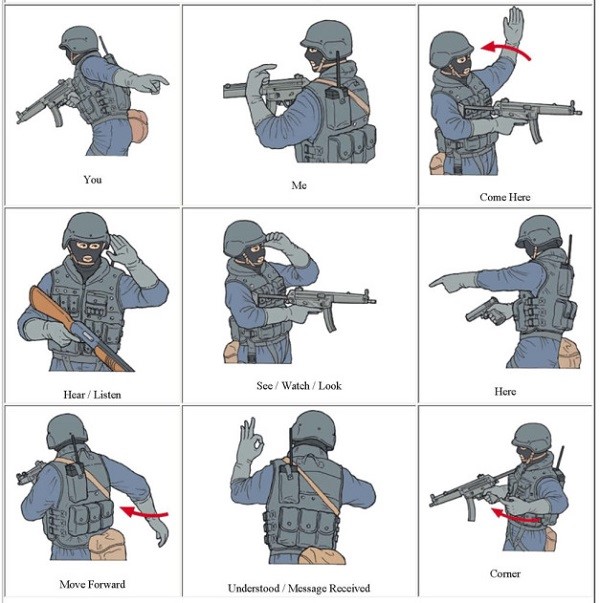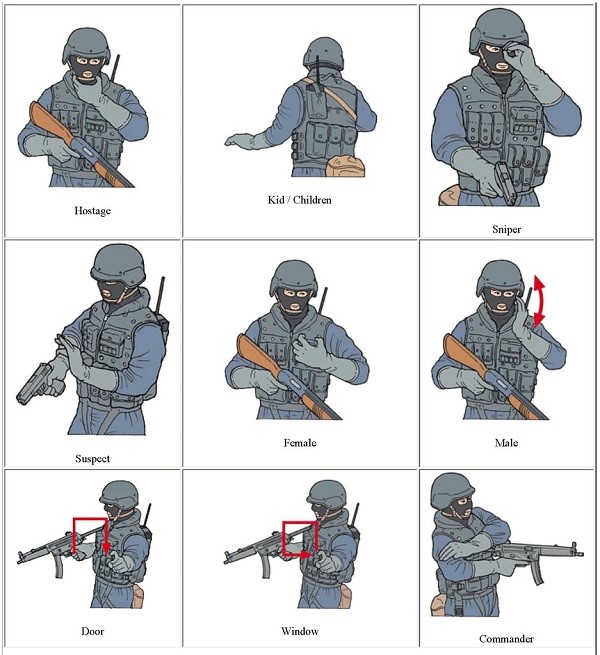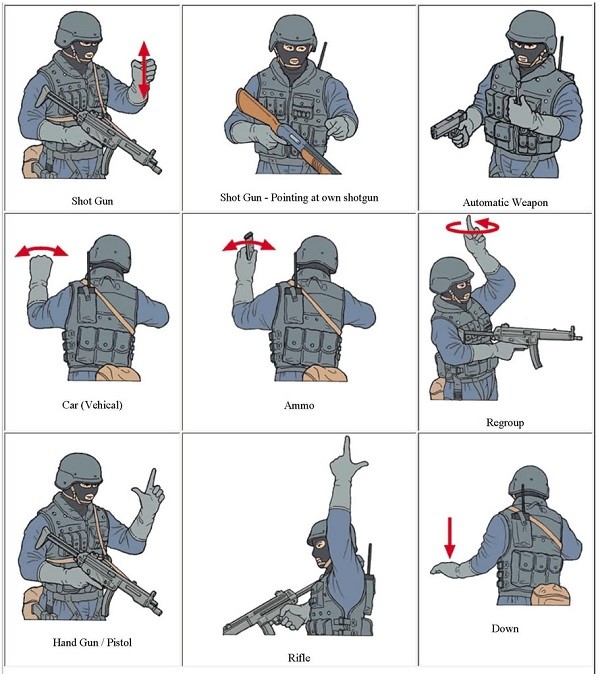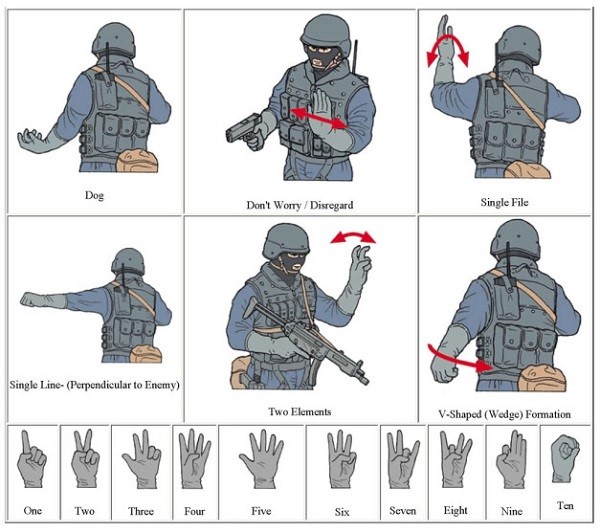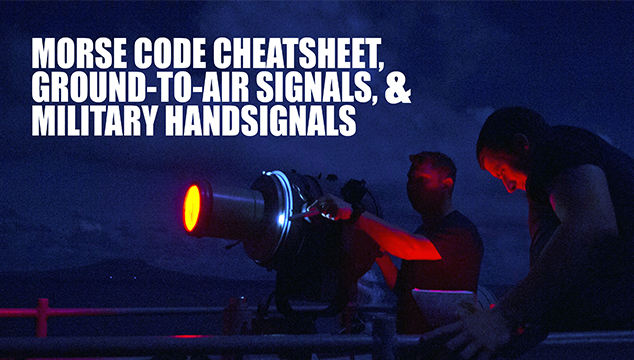
Morse Code
Morse code provides you with a versatile method for communicating your location and status during survival scenarios of all types. With a few simple signals you can request help, or let others know that you are okay. Morse code allows you to communicate with a wide range of devices: signal mirrors, flashlights, handheld radios and more.
Should a grid/communications down ever occur, Morse code will undoubtedly rise to the forefront again. As a savvy survivalist, it is worth your while to learn it…or at least have a printed copy handy in case of emergency.
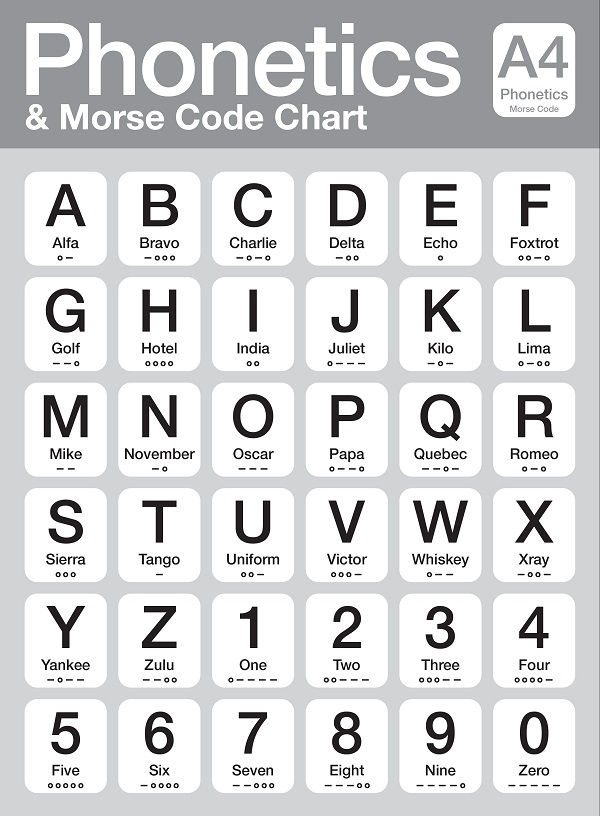
Ground-to-Air Signals
We love our gear here at Survival Dispatch. Should you get lost or be in distress outdoors, being able to make a cell phone call or use your radio to ask for help is the ideal. Gear for the win!
However, there are potential scenarios when you need to signal for help, and you don’t have technology to do so. If you believe that an airplane or helicopter is going to come searching for you, then you can use these ground to air signals to communicate with your rescuers.
These ground-to-air codes can inform rescuers as whether you or someone in your party is injured, as well as guide them to your location. The ideal signal letter is at least 18 feet long and strongly contrasts with the surroundings. You can use branches, stones, clothing or other equipment to form the letters.
Here are the most common ground-to-air signals that you should know:
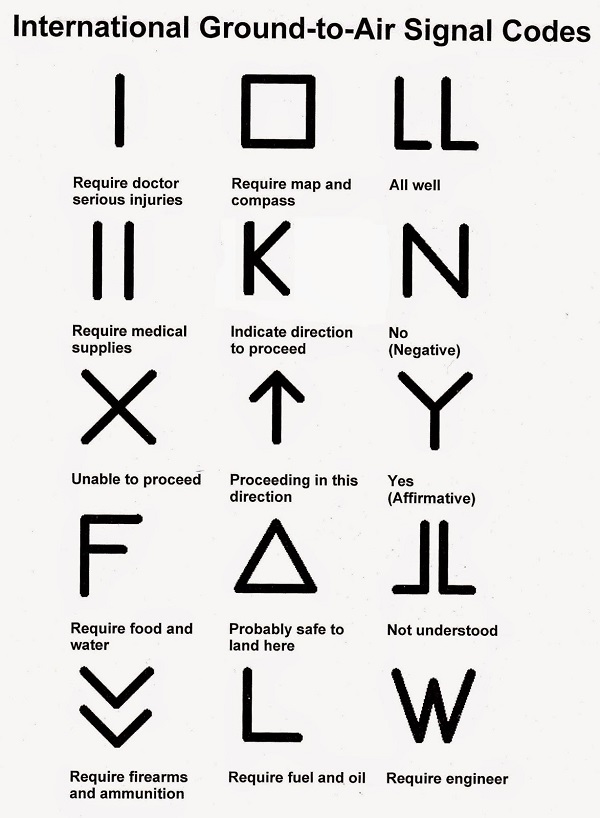
Squad Level Hand Signals
In certain situations, such as patrolling your property during a time of civil unrest, or clearing a building to use as a shelter, you may need to communicate with your allies in a non-verbal manner. The Department of the Army has an extensive visual signals guide available for download. You can download it here
While quite comprehensive, it is overkill for most needs. Learning the following SWAT hand signals should be sufficient for most situations. We will delve deeper into security in the next issue of the Insider, but these signals will get you started:
